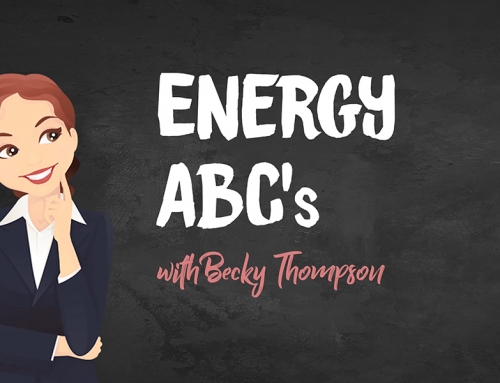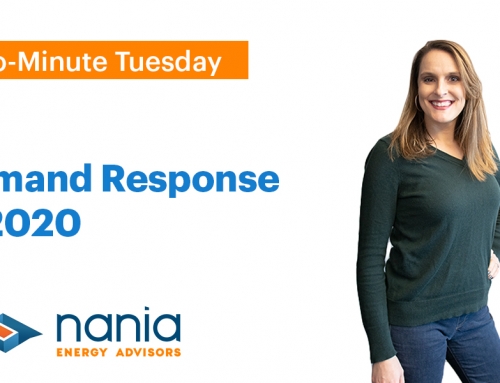By Becky Thompson
January 29, 2018 – The two questions I get asked the most when speaking to public school administrators about demand response are:
- What is it?
- What can it do for my district?
In short, demand response is a program that helps ensure reliability for the electricity grid by getting customers to reduce energy usage during times of peak energy demand. Demand response matters because it provides monetary incentives for participating organizations (including school districts who are already facing immense pressure to perform).
Demand response also reduces the risk of blackouts by ensuring that demand does not exceed overall capacity (how much power the grid can handle). This boosts reliability of the grid by making sure enough energy is available when and where it’s most needed.
Here’s what it can do for your Illinois public school district, as well as some guidance for getting your school prepared for it.
Benefits of Demand Response Programs.
Demand response is a revenue generator for schools.
Demand response generates revenue for your school by providing monetary payments for participation in the program. When you sign up, you’ll designate a percentage of your usage during the test period that you can possibly conserve. So long as you comply with this amount during a 1-hour planned “test event,” you will be due these monies.
Demand response has significant earning potential for schools.
Enrollment in demand response programs is measured in kilowatts (kW) with a minimum of 100 KW.
Each year over the course of 3 years, school customers can earn about $5000 per 100 kw of enrollment and curtailment (reduction) during events.
Demand response is a low-cost, low-risk way to reduce your energy load.
Since demand response tests are done in the summer, they typically won’t affect normal class schedules. Some schools will have summer school, sports or other extracurriculars going on during that time. But it’s easy for schools to survey those schedules and work testing around them.
READ MORE: Demand Response on EIA. gov
Prepping for a Demand Response program.
Test events last one hour. These test events ensure the enrollment of kW a customer commits to is achievable.
Inventory your school’s summer activities & extracurriculars.
When scheduling demand response tests, your school should survey activities and schedule the tests around those dates and times. This is to minimize (or even eliminate) any impact on any summer school or extracurriculars.
Use a generator or building automation system (BAS) to reduce your school’s energy.
If scheduling around those times is too challenging, there are other ways to work around the demand response testing period.
Using a generator or some kind of building automation system can reduce the demand that your school might have during these periods without compromising on your needs. There are specific rules governing which generators qualify for the program, but energy advisors can assist with getting qualifying generators registered for it.
Keep a building engineer on site.
Having a building engineer on site can help guide you through the demand response testing. From turn down to restart, an engineer can provide an accurate assessment of what your school building can and can’t handle. They can help you make a more accurate estimate of how much you can save – thus putting you in a better position to hit your goal.
Demand response is a valuable offering to school districts, particularly in the summer months. By reducing your energy usage during near capacity events, you can actually reduce your costs and make your school some added revenue.
If you have any questions on demand response programs in your area, I’d be more than willing to help. Call our office at 630-225-4557 and we can discuss how demand response can generate revenue for your district.
About The Author
Becky is a Senior Strategic Energy Advisor specializing in the public sector, including schools and municipalities. She has been in  the energy industry for over five years, working from the ground up as an account manager and then as an electric pricing team lead. Her background knowledge of the inner workings of an energy company helps her identify actionable strategies for making her clients’ energy both easy and cost effective. In her free time, Becky enjoys any activity that requires being outside and making her son belly laugh.
the energy industry for over five years, working from the ground up as an account manager and then as an electric pricing team lead. Her background knowledge of the inner workings of an energy company helps her identify actionable strategies for making her clients’ energy both easy and cost effective. In her free time, Becky enjoys any activity that requires being outside and making her son belly laugh.
Becky can be reached via email at bthompson@naniaenergy.com or phone at (630) 225-4561.









Leave A Comment